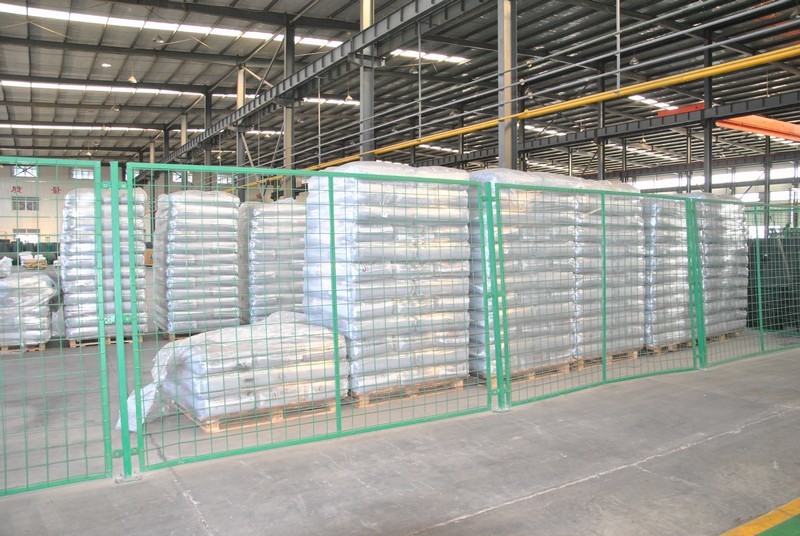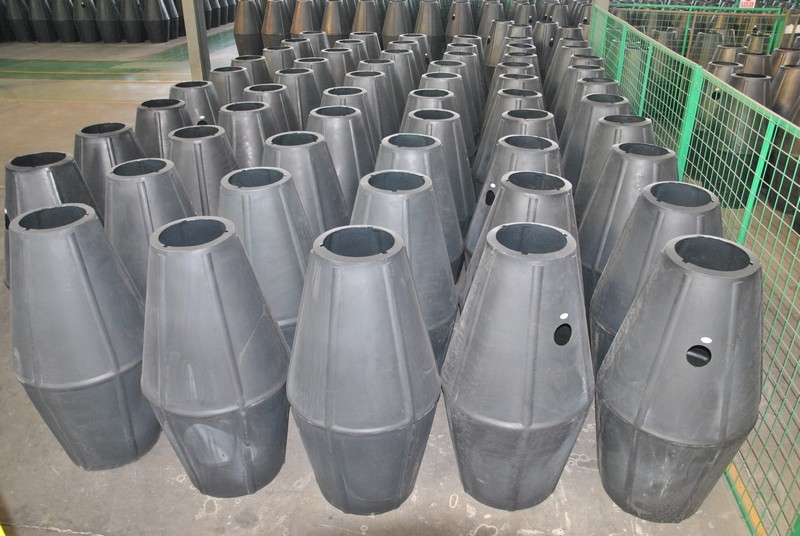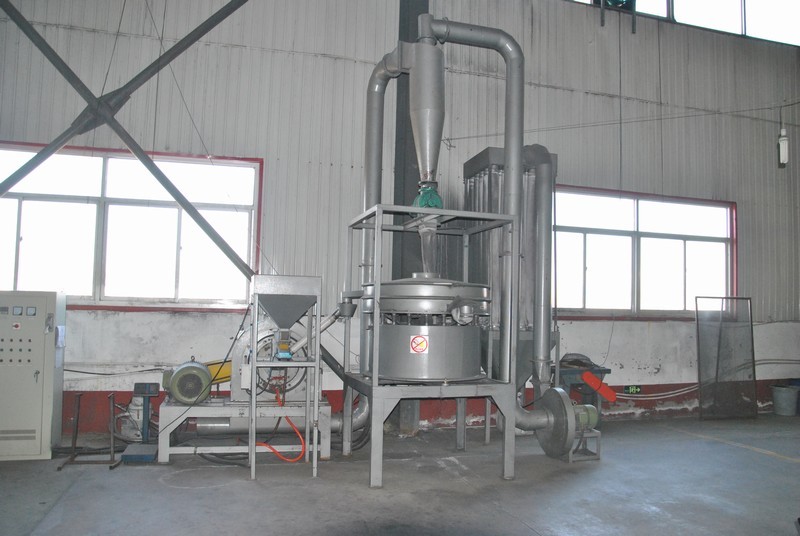Langfang Quanzhen Auto Parts Co., Ltd. supports the customization of various auto parts!
-
The Ministry of Environmental Protection plans to revise air quality monitoring standards, which may be released by the end of the year.
According to the revised version of the standard, which solicited public opinions at the beginning of this year, the 8-hour ozone monitoring value will be added; PM2.5 inhalable particulate matter has not yet been included in the new standard, but it has begun to be used as a reference value for various places. These are currently the two most controversial indicators of air quality in China.2015-12-12

At the end of August, the Ministry of Environmental Protection's standing committee reported on the revision of the "Ambient Air Quality Standard".
According to the revised version of the standard, which solicited public opinions at the beginning of this year, the 8-hour monitoring value of ozone will be added; PM2.5 inhalable particulate matter has not yet been included in the new standard, but it is beginning to be used as a reference value for local indicators. These are currently two of the most controversial indicators of air quality in China.
It is understood that the revision is still in the stage of soliciting opinions, and the new standard may be released by the end of the year.
The standard, while lenient, can still protect public health.
China formulated the "Atmospheric Environmental Quality Standard" in 1982, with only 6 pollutant items. It was revised in 1996, renamed "Ambient Air Quality Standard", and the number of pollutant items was expanded to 10. Afterward, the Ministry of Environmental Protection made partial modifications in 2000, canceling the nitrogen oxide indicator and relaxing the standards for nitrogen dioxide and ozone.
One of the issues that has attracted attention in this revision is the addition of an ozone 8-hour average concentration limit.
The Ministry of Environmental Protection's "Compilation Explanation of the Ambient Air Quality Standard (Draft for Comments)" (hereinafter referred to as the "Explanation") states that air quality standards for ozone, primarily based on a higher concentration limit over 8 continuous hours, have become a global trend in ozone ambient air quality management; a one-hour concentration limit can no longer meet the needs of environmental management.
This revision sets the secondary standard for the 8-hour average concentration limit of ozone at 160 μg/m3. Although this concentration limit is relatively lenient internationally, it can basically play a role in protecting public health.
According to the "Explanation," there are health risks associated with exposure to ozone concentrations below 120 μg/m3 for 6 to 8 hours. In Beijing from 2001 to 2002, the hourly ozone concentration ranged from 14.4 to 232 μg/m3, with an average of 88.9 μg/m3.
Previously, the ozone standard was a 1-hour monitoring value.
Previously, China's ambient air quality standards did include ozone monitoring, but it was based on a 1-hour monitoring value, i.e., the highest hourly ozone concentration detected each day was used as an indicator. However, this time value cannot reflect the chronic harm to the human body caused by the accumulation of ozone concentration over a long time.
"It should be said that this is a scientific advance, more comprehensively considering the effects of ozone pollution." Professor Shao Min from Peking University's School of Environmental Science and Engineering pointed out. He also stated that standard setting and information disclosure are two different things. The 1-hour ozone monitoring value was previously included in the national standard, but it has never been made public.
Background Information
Inhalable particulate matter
PM2.5 refers to particulate matter in the atmosphere with a diameter of less than or equal to 2.5 micrometers; its diameter is less than 1/20 the thickness of a human hair. Currently, the inhalable particulate matter standard in city air quality daily or weekly reports is PM10, which refers to particulate matter with a diameter equal to or less than 10 micrometers that can enter the human respiratory system.
Keywords:
Email:
Telephone:
Message Form








